
As cities around the world—especially in India—push skywards, the average apartment shrinks. Whether you’re a young professional renting your first studio in Mumbai, a family squeezing into a compact Delhi flat, or someone downsizing to embrace minimalism in Bangalore, the challenge remains: how do you make a small space functional, stylish, and full of personality?
The trick lies not just in clever layout, but in choosing multipurpose accessories and convertible furniture—items that do double (or even triple) duty, fold away when not needed, and transform at a moment’s notice. These design solutions make modern living not only possible, but delightful.
This blog offers an in-depth guide to maximizing every square foot, bringing together global trends, Indian nuances, actionable design principles, and a wealth of specific ideas to inspire your own compact haven.
The Small Space Revolution
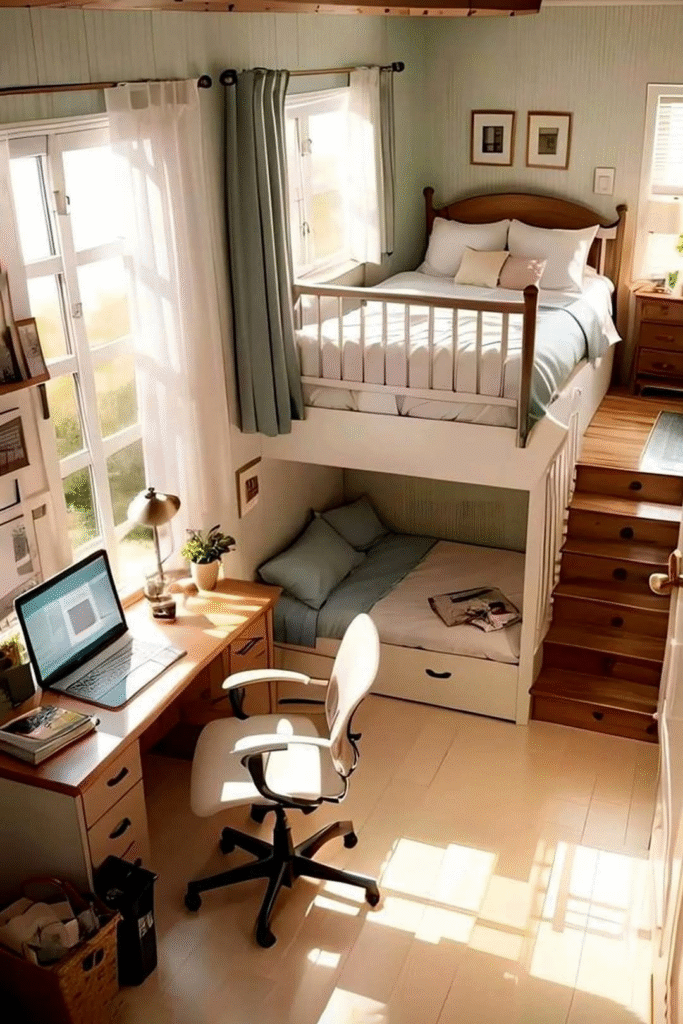
Today’s urban landscape makes small-space living the new norm, not the exception. Cities like Tokyo, Singapore, and New York have pioneered compact design for decades, but Indian metros—with dense populations and soaring rents—drive a new wave of smart interiors.
Why the Shift?
- Land Scarcity: Apartment sizes shrink as builders maximize units.
- Rising Costs: Escalating prices mean multi-functional homes are essential.
- Changing Lifestyles: Work-from-home, occasional entertaining, and flexible living needs blur the boundaries between traditional room roles.
The Small-Space Mindset
Rather than lament limited square footage, savvy urbanites now see constraint as a chance for creativity—a way to curate only the essentials, embracing thoughtful design.
The Magic of Multipurpose Accessories
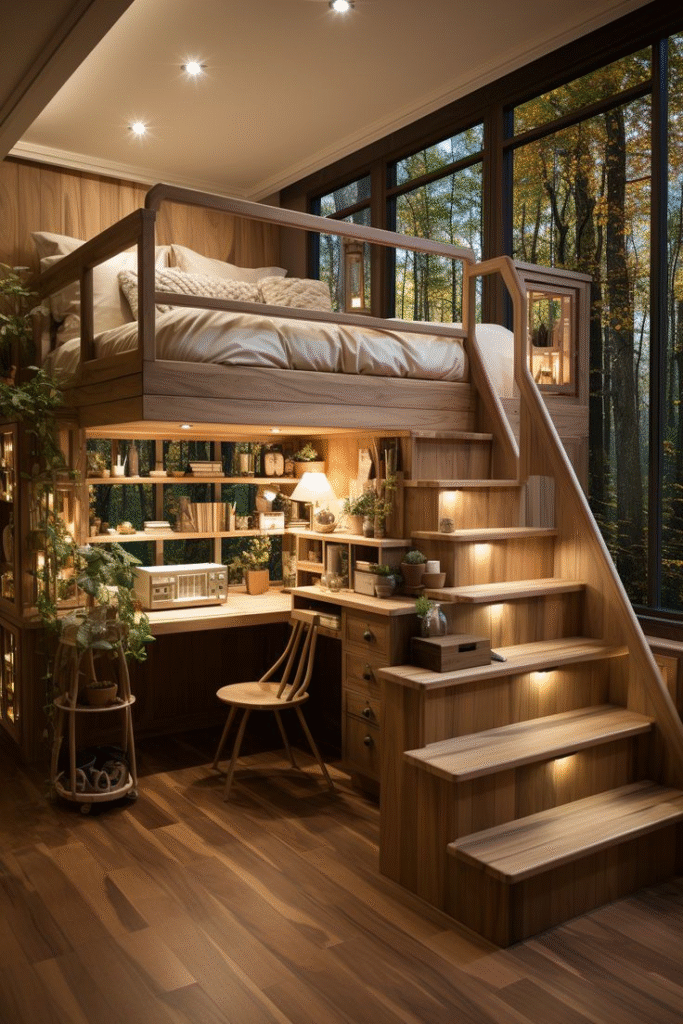
Accessories are often seen as the “finishing touches,” but in small spaces, they are the backbone of function and style. Multipurpose accessories save room, reduce clutter, and allow easy adaptation as your needs change.
What are Multipurpose Accessories?
- Dual or Triple Function: An ottoman that stores books and becomes a coffee table. Wall hooks that hold keys and double as lamp stands.
- Flexible Placement: Items that move from the entryway to the living room, bedroom, or even balcony.
- Expandable or Adaptable: Collapsible baskets, stackable stools, nesting tables.
Benefits
- Space Efficiency: Every item earns its keep, avoiding wastage.
- Cost Savings: Fewer items mean less spending.
- Easy Updates: Styles can shift seasonally or as lifestyle changes.
- Personalization: Small-scale accessories allow you to express taste even in tight quarters.
Spotlight: Top Multipurpose Accessories for Small Spaces
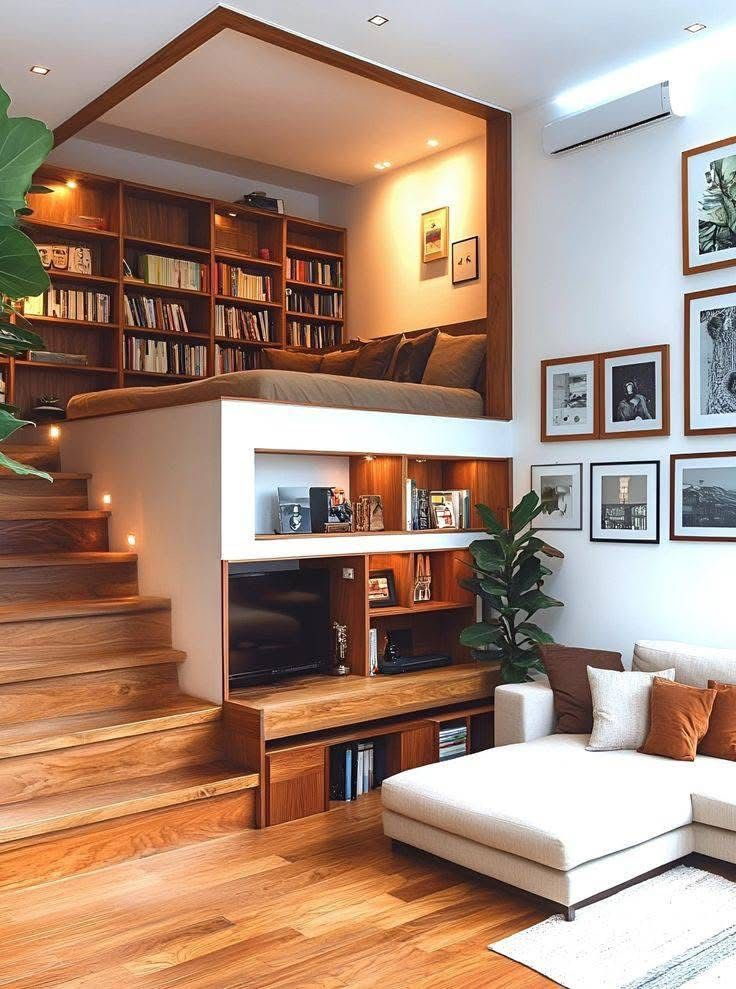
Below, practical categories and examples for all rooms.
1. Modular Shelving
Wall-mounted shelves with adjustable heights and removable panels. Let them hold books, display plants, or shift to a temporary desk.
Example: IKEA’s LACK series or Indian brands like Urban Ladder’s flexible wall units.
2. Storage Ottomans
Soft seating, hidden storage for blankets or shoes, sometimes a flat top for a serving tray. Place in bedroom, living room, or dressing area.
Tip: Try DIY reupholstery for custom color and texture.
3. Foldable Side Tables
Slim tables that expand for guests or work-from-home, then collapse flat.
4. Tiered Trolleys
Rolling carts with multiple levels that serve as kitchen storage, art supply caddies, nightstands, and even garden planters for the balcony.
5. Hanging Organizers
Fabric pockets on doors or inside cabinets, perfect for shoes, accessories, toiletries, or toys.
6. Poufs and Stools
Used as extra seating, footrests, or accent tables—lightweight for easy shifting.
Convertible Furniture: The Small-Space Powerhouse
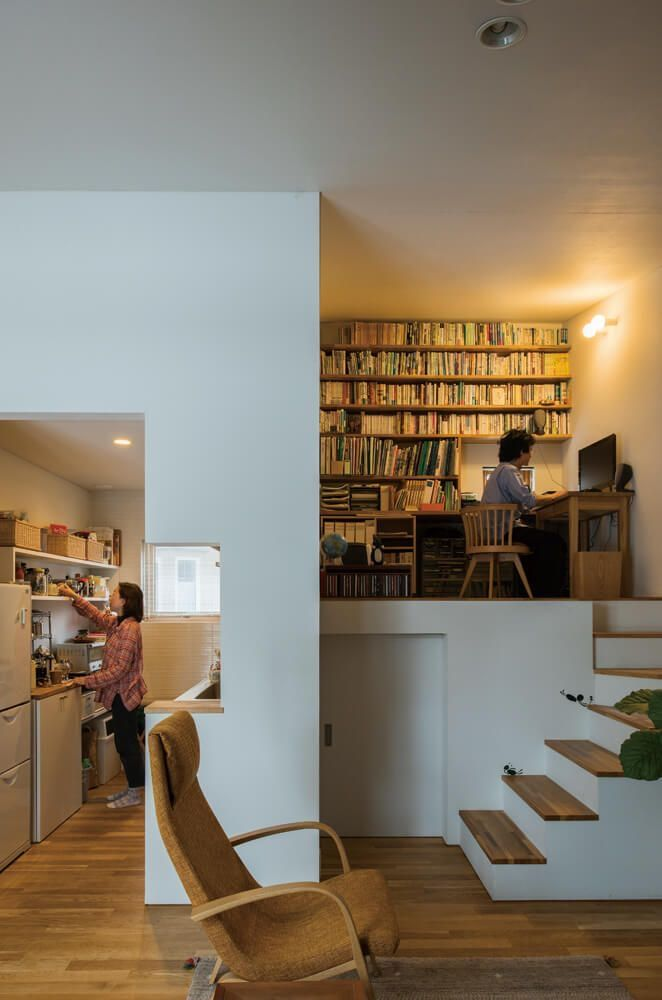
Furniture that transforms is at the heart of compact living. It’s as much physics and engineering as design—the convergence of creativity and practicality.
What is Convertible Furniture?
Pieces designed to change form or function easily, often with moving parts, modular design, or collapsible features.
- Sofa Beds: Living room during the day, guest suite at night.
- Murphy Beds: Fold from the wall, leaving space for exercise or children’s play.
- Drop-leaf Dining Tables: Full dining surface when needed, slim shelf otherwise.
- Extendable Consoles: Entryway table expands to seat six for dinner.
- Convertible Desks: Desk by day, makeup vanity or bar by night.
Evolution of Convertible Design
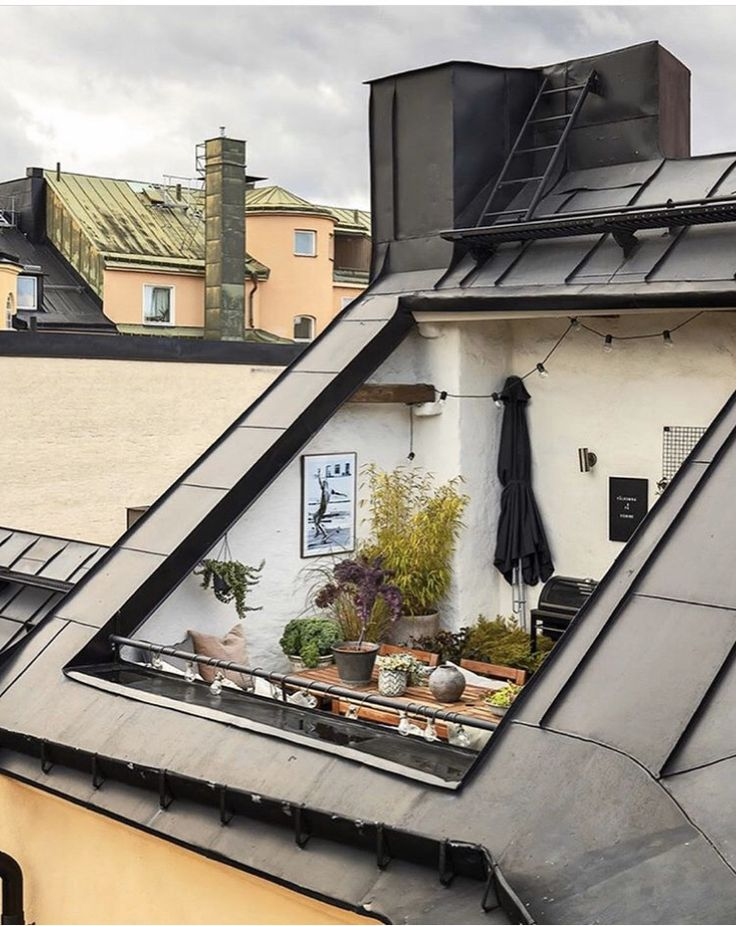
While classic foldaway beds have existed for decades, modern design pushes convertible options further—sleeker mechanisms, premium materials, and intuitive usability. Indian furniture designers, too, have embraced this challenge, adding local motifs and practical touches suited to our unique needs.
Real-Life Layouts: Small-Space Use Cases
Let’s see how multipurpose accessories and convertible furniture can transform everyday life.
1. The Urban Couple’s Studio
- Living Zone: Sectional sofa with hidden storage; wall-mounted TV bracket with foldout shelf for snacks.
- Bedroom Corner: Murphy bed with shelves; under-bed drawers for seasonal wear.
- Eating Area: Drop-leaf table seats four, becomes slim console post-meal.
- Workspace: Fold-down desk built into wall shelving.
2. The Family’s Compact Flat
- Shared Kids’ Room: Bunk beds with drawers; foldable desks for homework; hanging organizers for toys.
- Multipurpose Hall: Ottomans hold toys and double as coffee tables; convertible dining table expands for guests.
- Balcony: Stackable stools for extra seating, rolling trolleys for plants, collapsible drying rack.
3. The Senior-Friendly Apartment
- Bedroom: Adjustable beds with pull-out bedside tables.
- Living Room: Lightweight poufs for easy moving, modular shelving reachable by all.
- Kitchen: Tiered rolling trolley for utensils, expandable work surfaces.
Design Principles for Maximizing Small Spaces
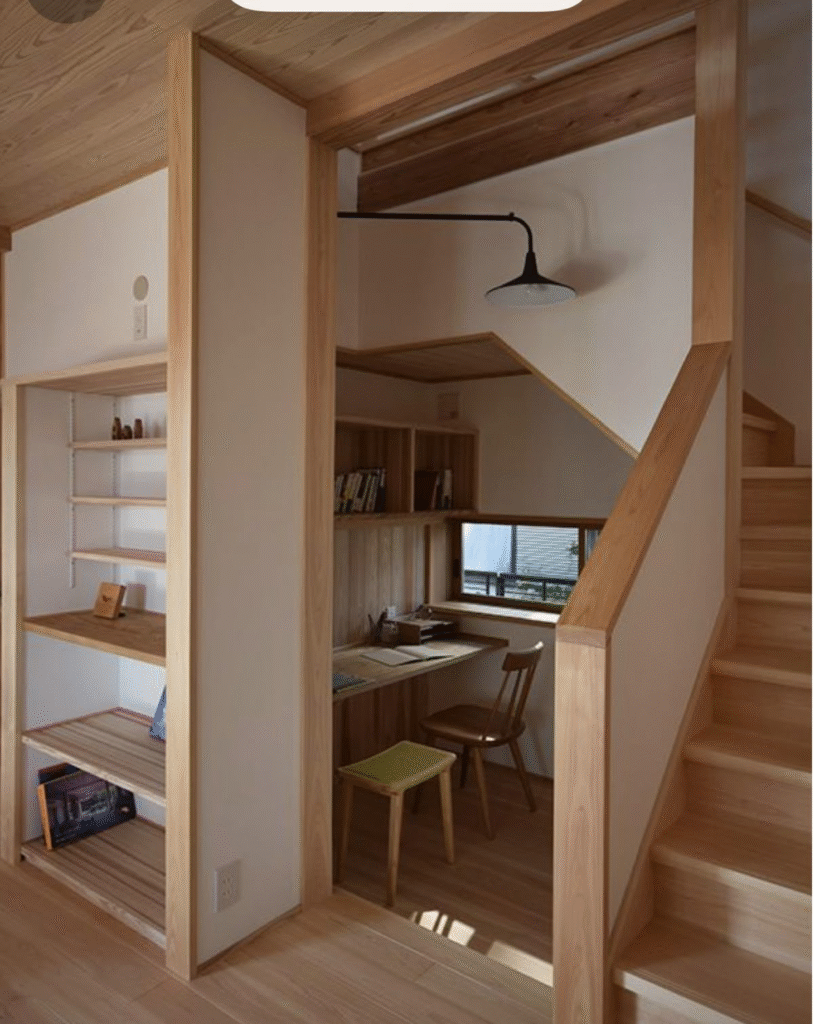
1. Vertical Storage
Walls are underused real estate—mount shelves, hooks, baskets upward to free floor space.
2. Transparency and Lightness
Glass, acrylic, or wireframe furniture allow visual expansion; light passes through, making spaces seem bigger.
3. Monochromatic and Light Palettes
Light colors visually open rooms; add color through accessories that can be swapped out easily.
4. Symmetry and Modular Zones
Designing “zones” for specific functions—sometimes with movable screens or shelves—helps keep activities organized.
5. Hidden Storage
Beds with drawers, sofas with compartments, and tables with shelves keep clutter invisible.
6. Greenery
Small spaces thrive with indoor plants that purify air and add color—hanging planters or wall-mounted pots save surface space.
Bringing Indian Style to Small Spaces
Compact living does not mean abandoning cultural aesthetics. Indian design is all about vibrancy, texture, and storytelling. Use multipurpose accessories and convertible furniture to infuse your space with local flavor.
Tips
- Regional Fabrics: Swap cushion covers seasonally with Ikat, Chanderi, or Jaipur block prints.
- Artisanal Storage: Hand-chiseled wooden ottomans, brass trays that serve as accent and function.
- Divine Corners: Use modular shelving unit for a puja space that folds away or adapts for extra storage post-festival.
- Festive Adaptability: Wall hooks double as stringing stations for garlands or party lights during celebrations.
The Future: Tech-Enabled Multipurpose Living
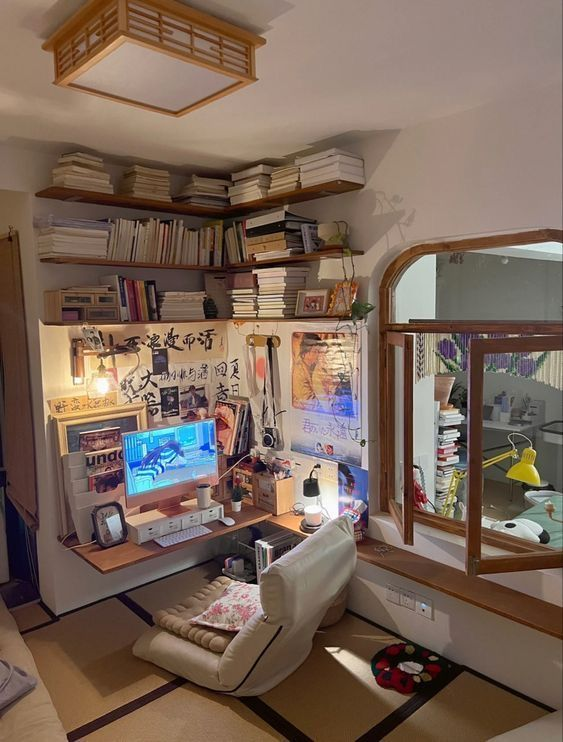
Smart home innovations now supercharge multipurpose living.
Smart Accessories
- Sensor Lighting: Lights that shift depending on activity—bright for work, soft for evening relaxation.
- App-Controlled Furniture: Move tables or fold beds at the touch of a button for disabled or elderly users.
- Voice-Activated Curtains & Blinds: Manage light and privacy without moving furniture.
Customizable 3D-Printed Furniture
Emerging brands offer 3D-printed convertible coffee tables, chairs, and shelving with tailored dimensions for unique spaces.
Sustainability
Look for accessories and furniture made from:
- Recycled materials: PET bottles, reclaimed wood, repurposed textiles.
- Eco-friendly coatings: Water-based paints, natural oils.
- Certified processes: IGBC, LEED, or FSC-accredited products.
Shopping and DIY: Where to Find Multipurpose Solutions
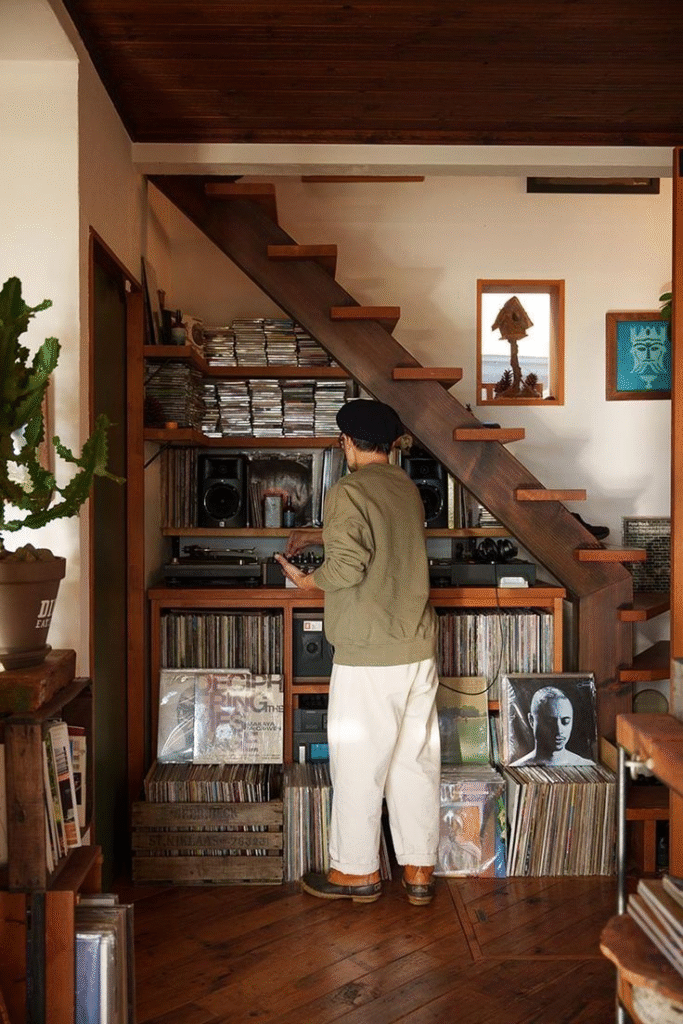
Indian Brands
- Urban Ladder: Modular and convertible furniture.
- Pepperfry: Extensive selection of foldable, stackable, and dual-purpose furniture.
- Godrej Interio: Clever storage solutions, Murphy beds.
- Spin: Minimalist, easy-to-assemble utility furniture.
International Stores
- IKEA: Renowned for affordable multifunctional designs.
- Muji: Simple, modular units.
- Wayfair: Convertible, tech-integrated options.
DIY Projects
- Upcycled Crates: Stackable, paintable, storage and seating.
- PVC Pipe Racks: Lightweight book or shoe storage.
- Old Doors: Repurpose as foldable tables or wall art.
Common Mistakes to Avoid
- Overcrowding with Small Items: Multipurpose does not mean “many”; avoid clutter by curating only the essentials.
- Ignoring Accessibility: Ensure convertible mechanisms are easy for all ages and physical abilities.
- Neglecting Style: Functional design must also appeal visually—choose colors, shapes, and textures you love.
- Forgetting Privacy: Use accessories that double as privacy screens where needed.
- Neglecting Lighting: Small spaces can feel gloomy; integrate space-saving, multipurpose lighting solutions.
The Mental Wellbeing Factor
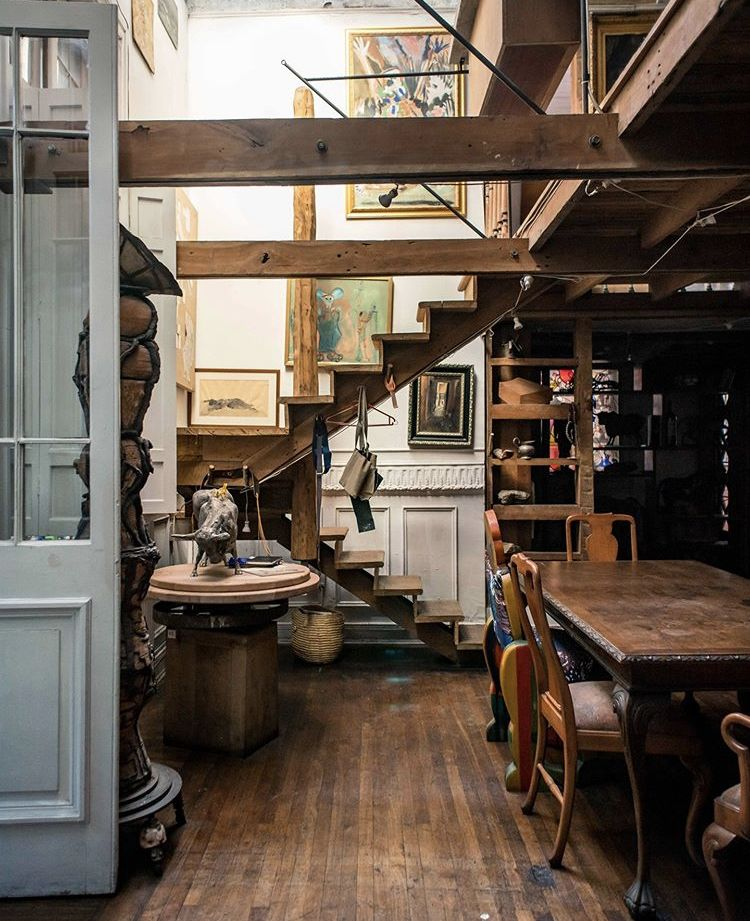
Space is psychological. Studies show that well-designed small spaces—with clear zones and convertible furniture—reduce stress, lower confusion, and make daily routines smoother.
- Flexibility: Adapting space to need (work, sleep, socialize) improves self-confidence and happiness.
- Control: Multipurpose furniture gives users agency to change their environment.
- Memory: Accessories from travels, festivals, or family events ground the space in personal story.
Case Study: The Mumbai Makeover
Meet the Shah family: two adults, two kids, one 450sqft apartment. Through multipurpose accessories and convertible furniture:
- Living room became a bedroom each night via a sofa bed.
- Wall-mounted desk for father’s work flipped up for children’s artwork on weekends.
- Storage ottomans held toys and doubled as seating for guests.
- Sliding modular shelving separated living and sleeping zones for visual privacy.
Their home, once messy and stressful, became organized and inviting—without giving up either function or personality.
Step-by-Step Guide: Redecorating Your Small Space
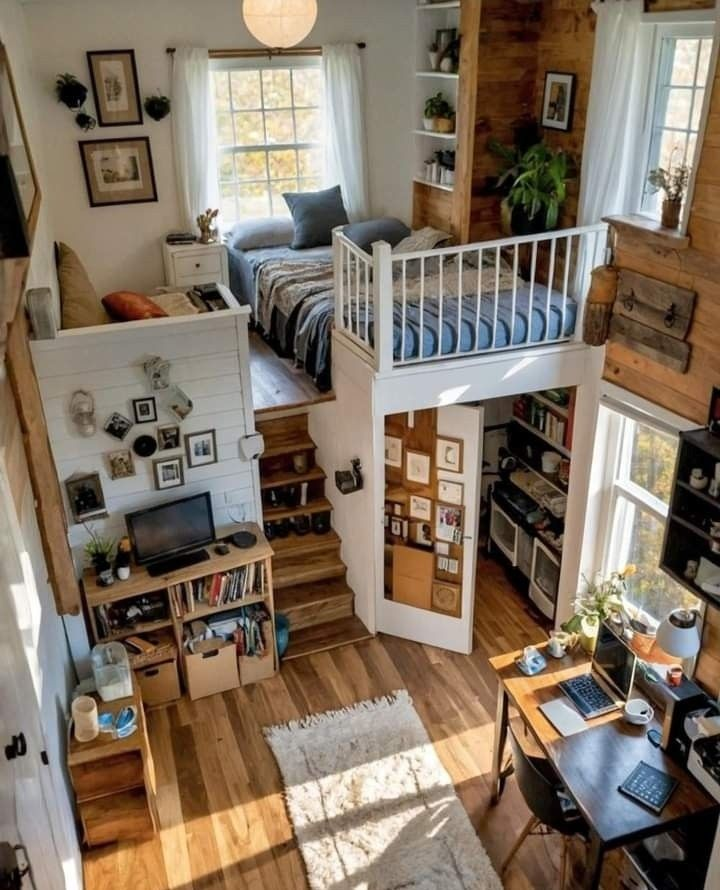
1. Audit Current Possessions
List all furniture and accessories; mark what is used, what’s decorative, and what’s wasted space.
2. Define Priorities
Is your biggest need storage, work zone, entertaining space, or sleeping zone?
3. Research Multipurpose Solutions
Seek items that address top priorities with multiple functions.
4. Sketch Layouts
Map different ways furniture and accessories can move, fold, or stack.
5. Shop or DIY
Look for certified sustainable, convertible, and modular designs—mix store-bought with DIY where budget fits.
6. Organize Accessories
Group items by task—use containers, baskets, or hangers.
7. Stay Flexible
Change the layout periodically; don’t be afraid to experiment as seasons or needs change.
Conclusion: The Joy of Small Living
Decorating small spaces is no longer about squeezing in essentials—it’s about shaping personal sanctuaries that flex and flourish with time, mood, and circumstance. Multipurpose accessories and convertible furniture celebrate ingenuity, invite creative play, and prove that style flourishes not in sprawling rooms but in smart, joyful transformations.
Whether you find delight in an ottoman that hides secrets, a bed that folds like magic, or shelves that travel up the wall in a dance of utility and beauty, small spaces will only limit you if you ignore the boundless world of multipurpose design.
Dream big, design smart, and let every square foot reflect both who you are—and all that you’re becoming.
